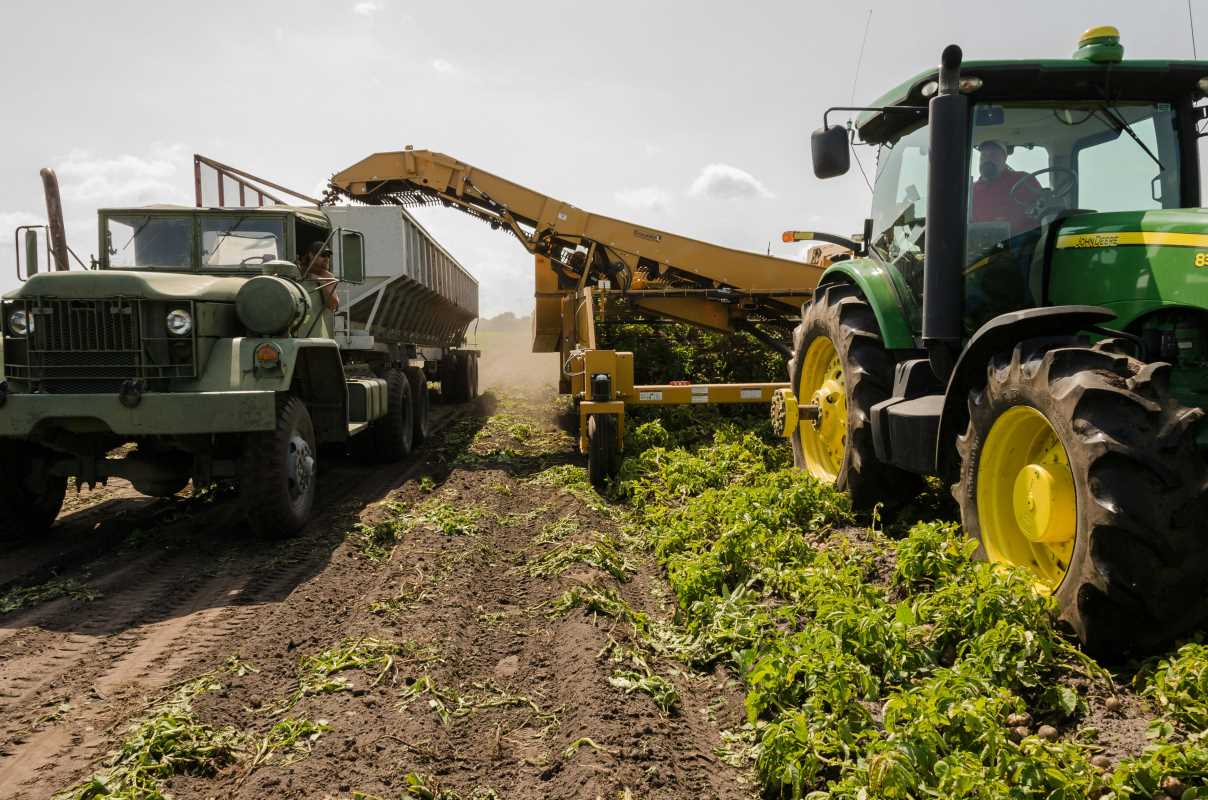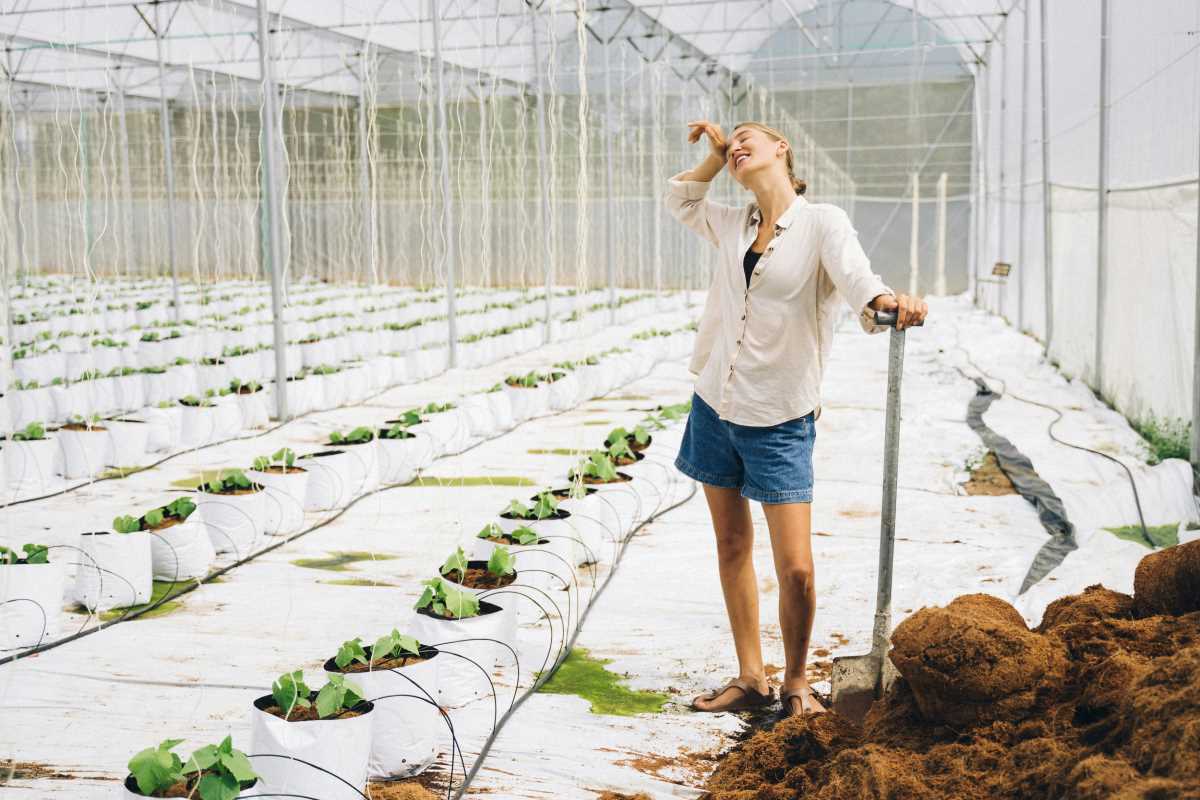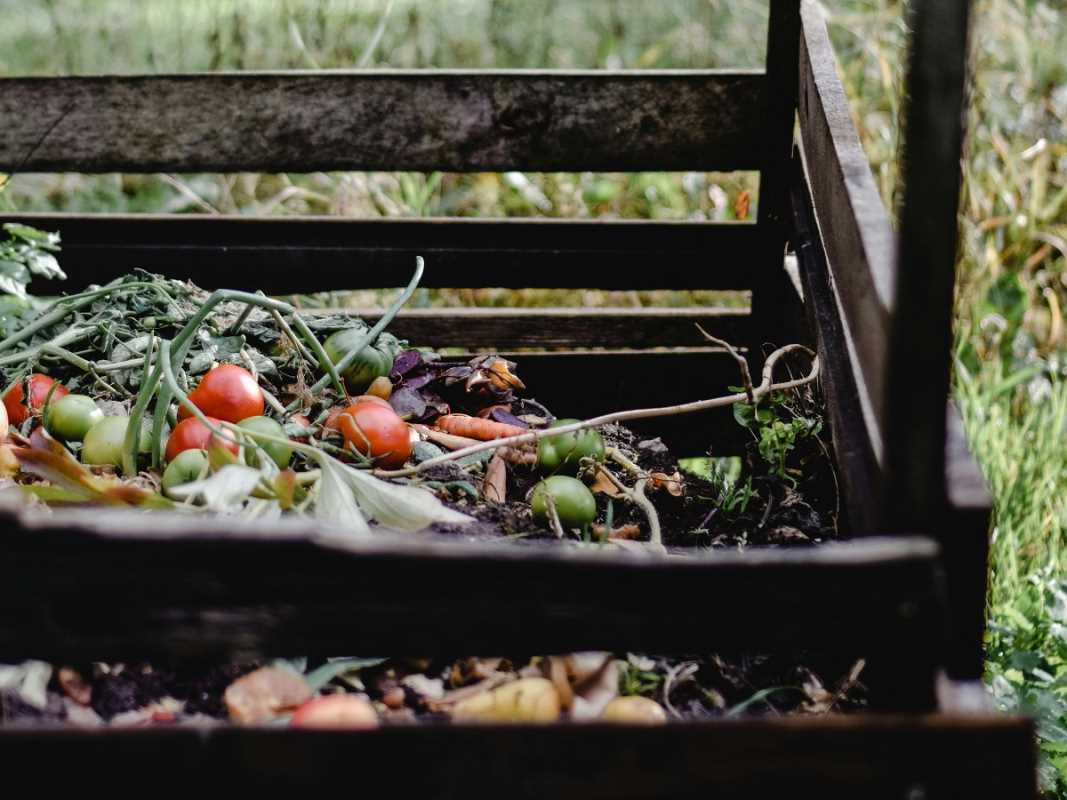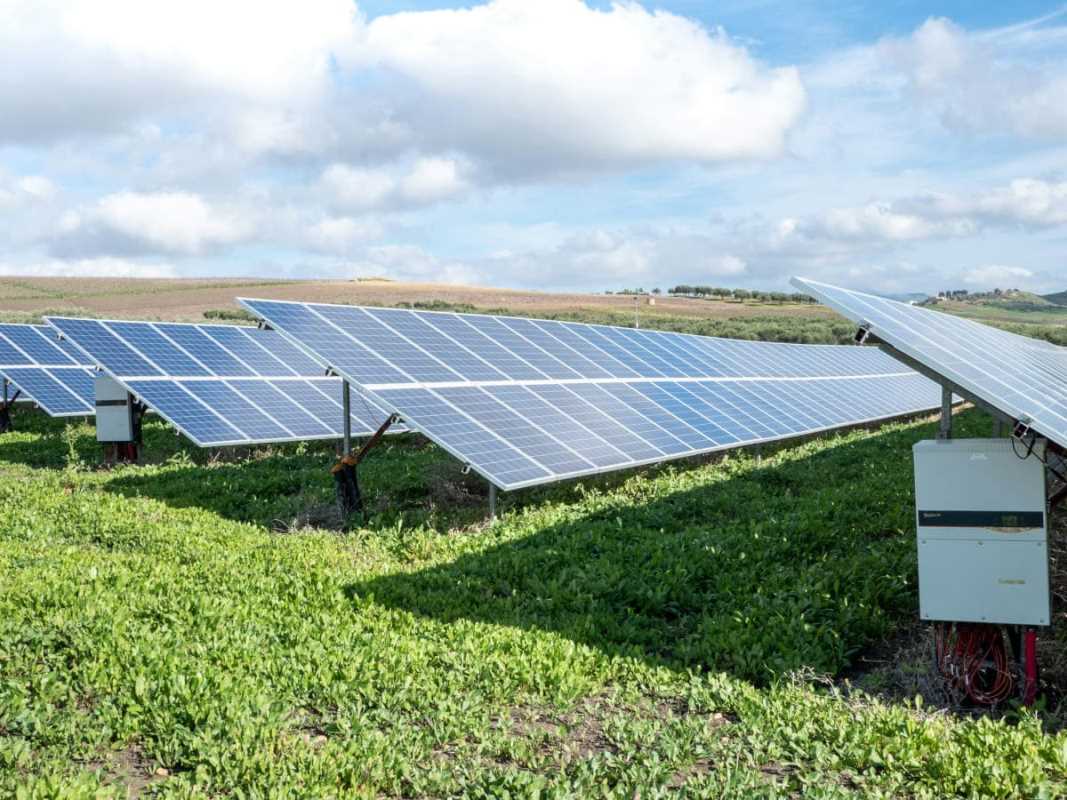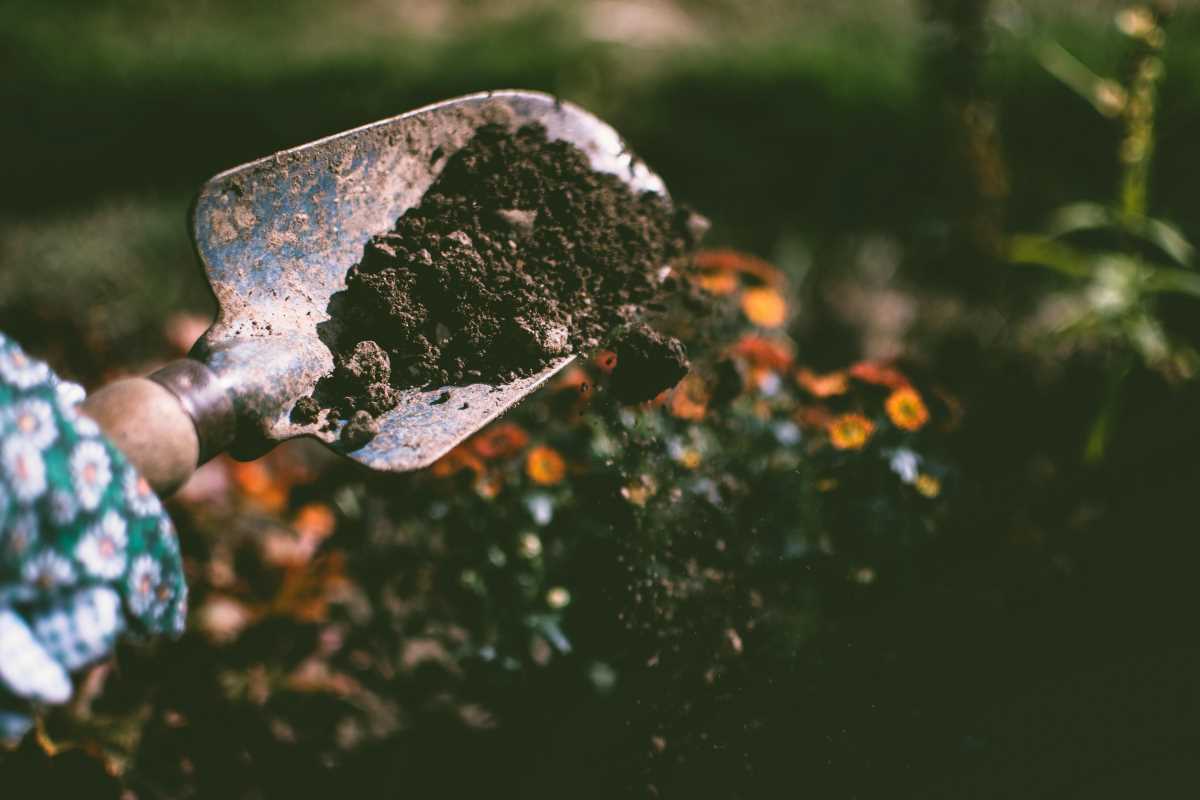Each successful harvest fills growers with pride and presents the important task of storing fresh produce safely. Preserving fruits and vegetables without depending on expensive equipment or sophisticated technology remains a priority for many who want to keep their crops fresh for months. Time-tested, simple approaches often prove to be the most dependable and affordable. Among these, low-tech crop storage offers practical ways to maintain the quality and nutrition of homegrown food. These straightforward techniques help extend the shelf life of your harvest while saving money and reducing unnecessary waste.
Tending to larger areas of land means you might encounter a variety of crops with differing storage needs. Learning which method suits which crop best can save you time, money, and the frustration of wasted produce. With a few careful techniques and hands-on effort, you can design a storage plan that works throughout the seasons.
How to Determine Storage Needs for Different Crops
Each crop has a unique composition and moisture level, making standardized storage tricky. Root vegetables, leafy greens, and fruits each demand a different approach. Consider the optimal temperature, humidity, and ventilation required to keep your harvest fresh. By learning the distinct needs of your vegetables and fruits, you create a plan tailored to your yield.
For instance, root vegetables like carrots and potatoes thrive in cool, dark environments, while airier crops, such as squash, benefit from less dense storage spaces. Group similar produce together so that each type can enjoy the ideal conditions that help them last longer without a refrigerator. Knowing what each crop requires allows for creative, low-tech approaches that fit your land without expensive equipment.
Basic Principles of Low-Tech Crop Storage
Simplicity and adaptability form the core of any successful storage method. Low-tech crop storage depends on controlling temperature, ensuring proper ventilation, and maintaining a stable moisture level. Focusing on these issues helps you build a foundation for long-term crop preservation. Keep the environment as consistent as possible to prevent factors that speed up decay.
When planning your storage space, choose locations that naturally stay cool and steady in temperature. Structures like shaded porches or areas near earth may offer natural cooling benefits. This mindset helps you shift from relying on expensive climate control tools to using simple, everyday elements available in your surroundings.
Traditional Root Cellars and Underground Storage
Root cellars offer one of the oldest and most effective storage methods. Carved into earth or built with wood and stone, these cellars create an environment with cool temperatures and high humidity perfect for vegetables such as beets, potatoes, and turnips. Using natural insulation from the soil, you maintain a steady environment with minimal effort. The simplicity and reliability of a root cellar make it a favorite among generations of home growers.
Building a root cellar does not have to be a complex process. With some planning and using locally available materials, you can create your own space. The key is to ensure that your cellar has a consistent airflow, as trapped moisture without proper circulation can lead to mold development. Simple ventilation channels or small openings help preserve the quality of your stored produce.
DIY Above-Ground Storage Solutions
Not everyone can dig out a root cellar, and that is where DIY above-ground storage fits in. Repurposing old sheds, garages, or even constructing a small barn-like space opens options to store crops efficiently. The main challenge here is managing temperature fluctuations and humidity. Creative techniques, such as insulating walls with recycled materials or using clay paints, can keep interior conditions steady.
When planning an above-ground solution, consider factors such as sunlight exposure, wind, and accessibility. Placing your storage facility in a shaded area and adding insulation helps create a mini low-tech climate control system. These thoughtful modifications ensure that your garden’s bounty remains edible and enjoyable for longer periods of time.
Simple Preservation Methods
Beyond storing fresh produce, simple preservation methods help extend the life of your crops. These low-tech techniques require minimal supplies and provide an extra level of security in times of abundance. Experiment with methods to find what best suits your crops and the conditions on your property.
Consider these preservation techniques:
- Drying: Hang bundles of herbs or slice fruits and vegetables to air dry in a well-ventilated, shaded area.
- Fermenting: Use salt or natural bacterial cultures found in your environment to ferment vegetables, which preserves flavor and boosts nutrients.
- Canning: Simple water-bath canning methods seal produce in jars, making them shelf-stable for months.
- Smoking: Cold smoking meat or fish and occasionally using lightweight herbs on produce adds flavor while extending shelf life.
Common Mistakes and How to Prevent Them
Even with straightforward techniques, errors can lead to spoilage and wasted harvests. Avoiding these common pitfalls can save you time and resources while improving the quality of stored crops. Proper planning and regular inspection of your storage areas help prevent those errors from taking root.
Review these mistakes and tips to avoid them:
- Not inspecting storage areas regularly – Schedule weekly checks to monitor temperature and moisture levels. Catch early signs of mold or decay before the problem escalates.
- Overcrowding produce – Avoid packing fruits and vegetables too tightly. Proper spacing allows air circulation to reduce the buildup of moisture and prevent premature rotting.
- Ignoring crop-specific needs – Remember that not all produce stores well together. Separate items based on their unique storage requirements to maintain optimal conditions.
- Using untested methods – New preservation techniques might seem promising, but test them in small batches first to gauge their effectiveness before full-scale application.
With careful planning and dedication, your crops will last through the seasons. Enjoy each harvest and let nature inspire your low-tech storage solutions.
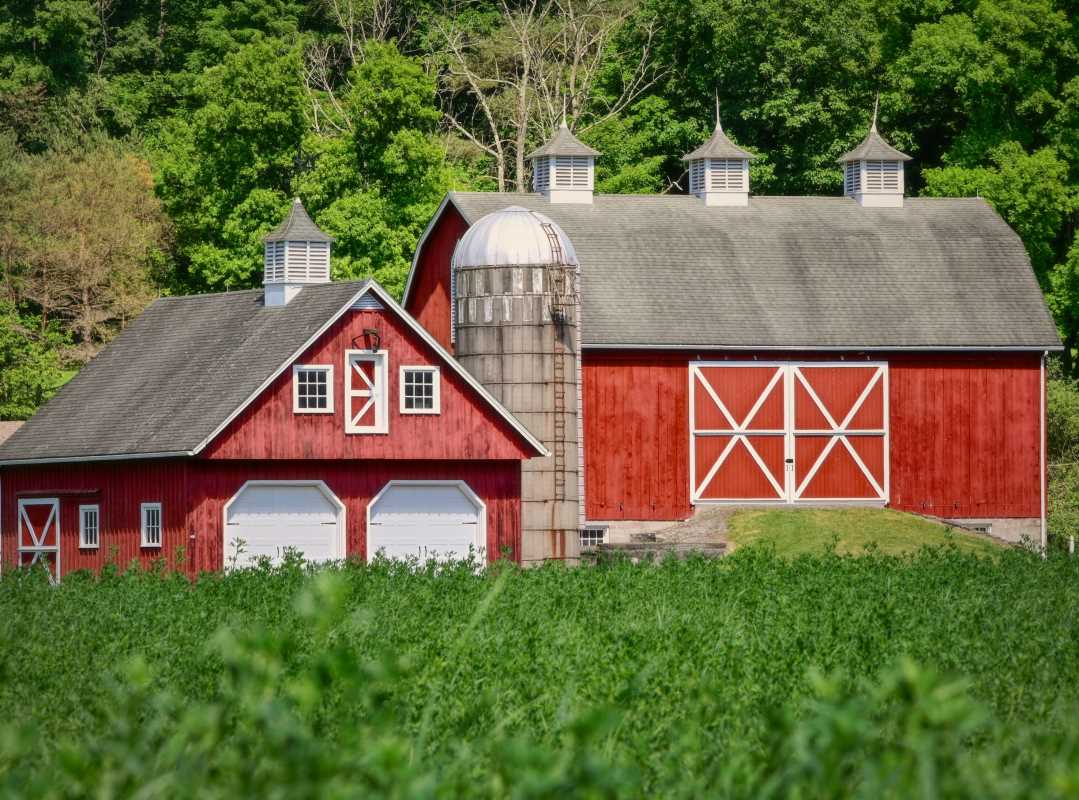 (Image via
(Image via
